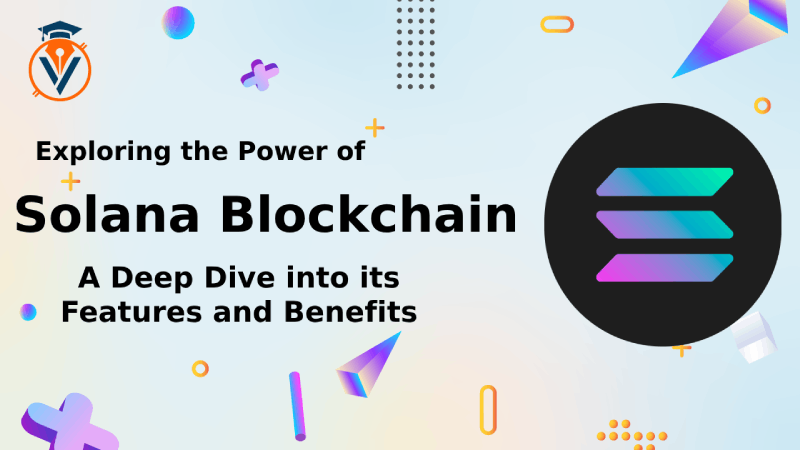We barely grasped Defi, and now we're talking about DeFi 2.0? Yes, things move swiftly in the blockchain realm. However, it is nothing new, and things seem to be moving faster than ever.
When you've gotten used to a new procedure, you're informed about another, and then another two hours later, and so on. And if you go to YouTube for knowledge, you'll come out with your brain ready to explode because you won't know where to put your money. The rates of return are higher here than there, and then you have to attempt! See for yourself. You will become a wealthy farmer tomorrow.
In truth, you were enticed in this manner; after all, isn't it lovely to have money fall from the sky?
It isn't easy to follow, but we're here to outline the extraordinary circumstance we're now in it. We can discuss the actual difficulty there. In reality, we first heard of DeFi 2.0 a few months ago, but it is now becoming more well known.
The difference between DeFi 1.0 and DeFi 2.0 and the difficulties of the first generation
When we speak about DeFi 2.0, we're referring to a departure from the original generation of DeFi, which is the one you're familiar with and utilise right now. In reality, bear in mind that this is a very new domain, having just been established in the summer of 2020. We have only known about the difficulty in its most perplexing and stunning form, namely Liquidity Mining, for less than two years (or Yield Farming by extension).
We began talking about farming, rates of return, and the nearly limitless prospect of enrichment with the Defi. Deposits in protocols (all combined) have surpassed one billion dollars in a few months. The Defi has attracted a swarm of mercenary investors known colloquially as degens (degenerates).
Anyone who has mistakenly wondered about the origin and consistency of agricultural tokens may now see the elephant in the room.
When there are too many users, the network becomes congested, causing transaction prices to increase. The fees on Ethereum have risen to the point that a person without hundreds of cash may destroy himself by performing a minor transaction. It is not the issue with DeFi. It goes a lot deeper than that.
We are referring to an issue that is inherent in Yield farming.
For you to thoroughly comprehend, we must remind you of the origins of Yield Farming.
It all began with Compound Finance (historically, we date the beginning here even if there were small antecedents before). One of the oldest loan and lending procedures is compound finance (at the time, i.e. a year ago, there was almost only that as a possible service on the device). Then you may deposit or borrow tokens. Co-founders Robert Leshner and Geoffrey Hayes rewarded users by sending COMP governance tokens.
You can imagine how the growth of the Comp token inspired other protocols. That's where the race all began. Dozens of different protocols and DEXs have emerged, each with the added benefit of returning a token to users. The mercenaries jumped from one protocol to the next. They started to deny trading activity to claim agricultural activity. They switched from one protocol to another to gather new tokens.
- For those who followed, it was at this time that there was a lot of interest in food tokens because of the debut of Yam.
- For farmers, financing adhered to a set of standards. We could grow anything at the time.
At that moment, we started to perceive the situation more critically. Farmers may be seen whistling procedures and switching from one to another. The rate of return was the sole criteria they had in mind. We've become used to these perplexing decentralised financial addict habits. We follow a routine and remove our cash to deposit them in a higher-performing account.
Still don't see the issue?
Users are always on the lookout for the highest return chances. They will thus always choose the most appealing option without even considering the project's underpinnings. As a result, whistling pools form, which have the effect of reducing cash flow.
It is harmful since a protocol must continually entice users with appealing APY and APR. Except, you reason, it's not a feasible option. In the long run, no.
All are searching for long-term initiatives that are stable. But unfortunately, hype and fashion are out of the question when it comes to depositing money.
The fundamental issue is that, for the most part, numerous tokens have been generated without a base. They are just there to satiate the mercenary farmers' appetites. After all, what matters is that they are handed tokens. It doesn't matter if they don't last as long as feasible.
Developers are then obliged to control the price of these tokens manually. We will burn permits once a week or once a month to keep the price stable and prevent it from falling. All of this is fabricated and does not have any mathematical foundation.
Alternatively, we will devise various ruses, such as charging fines if users remove their tokens (too early). We recently saw Elrond introduce a vesting structure to incentivise liquidity providers to keep their tokens without withdrawing. All of this is undeniably effective, but not in the long run. It's do-it-yourself. We're looking for foundations.
The deterioration of DeFi and the issues that must be addressed
You usually have a better understanding of the Defi dilemma at this time, don't you?
We generate empty tokens that we disseminate to provide the illusion of it. It may lead us to think of the FED or the European Central Bank with the boarding ticket in the end (and what audacity to mock traditional finance).
Worse, and more fundamentally, DeFi is also reliant on stablecoins like USDT, which are tethered to US dollars (primarily). It is, nonetheless, a bizarre contradiction of its connection with the existing fiduciary system. Even when we want to break free, we cannot do so. Tether is ranked third in market valuation, indicating its position in the cryptographic ecosystem.
For the time being, the Defi remains inextricably wedded to the FIAT, but it can no longer deceive itself. Inflation, centralisation, and reckless monetary policy are all tied to decentralised finance in the end.
And it is in this manner creative brains have created logical protocols with actual internal logic.
The Resurrection of DeFi 2.0
The actual problem of second-generation protocols is to return value to its rightful place. The focus of Defi 1 investors was to go where there was the most profit, regardless of the worth of the protocol or even the project's plan. Thus, second-generation protocols seek to attract investors, but more importantly, they want to maintain them.
The diagram is as follows:
Tokens, for example, in addition to transaction fees.
Similarly, another significant distinction between the first and second generations is a genuine desire to be decentralised. Developers own several DeFi protocols (in a variety of tokens). Users have a tiny portion of it and cannot be considered members of the organisation.
DAOs are pushed to the forefront and genuinely decentralised in DeFi 2.0 protocols. In contrast to DeFi 1 protocols, where organisations are often "centralised" in the hands of engineers.
The DeFi space is a massive financial testing ground. As you are aware, things are moving quickly. We'll go further into these new patterns causing havoc in the crypto world.
Conclusion
There were also other branches of OlympusDAO, including Wonderland, which received a lot of attention!
Don't worry. We'll cover it in a separate piece. That being said, don't run on procedure unless you have a COMPLETE understanding of the stakes and the inner workings. Seriously, it's a highly unique procedure that's also quite tough to grasp.
Only go there if you know what you're doing. Accept your obligations.
The DeFi space is a massive financial testing ground. As you are aware, things are moving quickly. We'll go further into these new patterns causing havoc in the crypto world.


